Here's a pop quiz for you: as fast as you can (and without using Google), name the seven wonders of the world. In 2014, chances are that you can't do it, because it's too vague of a question as there are a plethora of lists touting different versions of the many wonders that exist around the planet. Irrespective of what the original seven wonders of the world are; or what the modern seven wonders of the world are; or who voted on the list of the seven wonders, there is only one eighth wonder of the world. That wonder is Burney Falls, located in the Cascade Range in Northern California.
Burney Falls, July 2014
At 129 feet tall, Burney Falls is not the tallest waterfall in California, nor the largest, but it is special for innumerable reasons, most of all because it is the eighth wonder of the world. That term is not one that was invented by me, the Last Adventurer; it was coined by a persona much more famous - and august than me - one Theodore Roosevelt, otherwise known as the twenty sixth President of the United States. And this leads us to one of the remarkable things about the falls: in 2014, the falls still look almost as they did in Roosevelt's time. This is remarkable because in 2014, California is experiencing one of its worst - if not the worst drought ever. Across California, many waterfalls have ceased flowing, or are flowing at drastically reduced levels due to a lack of precipitation.
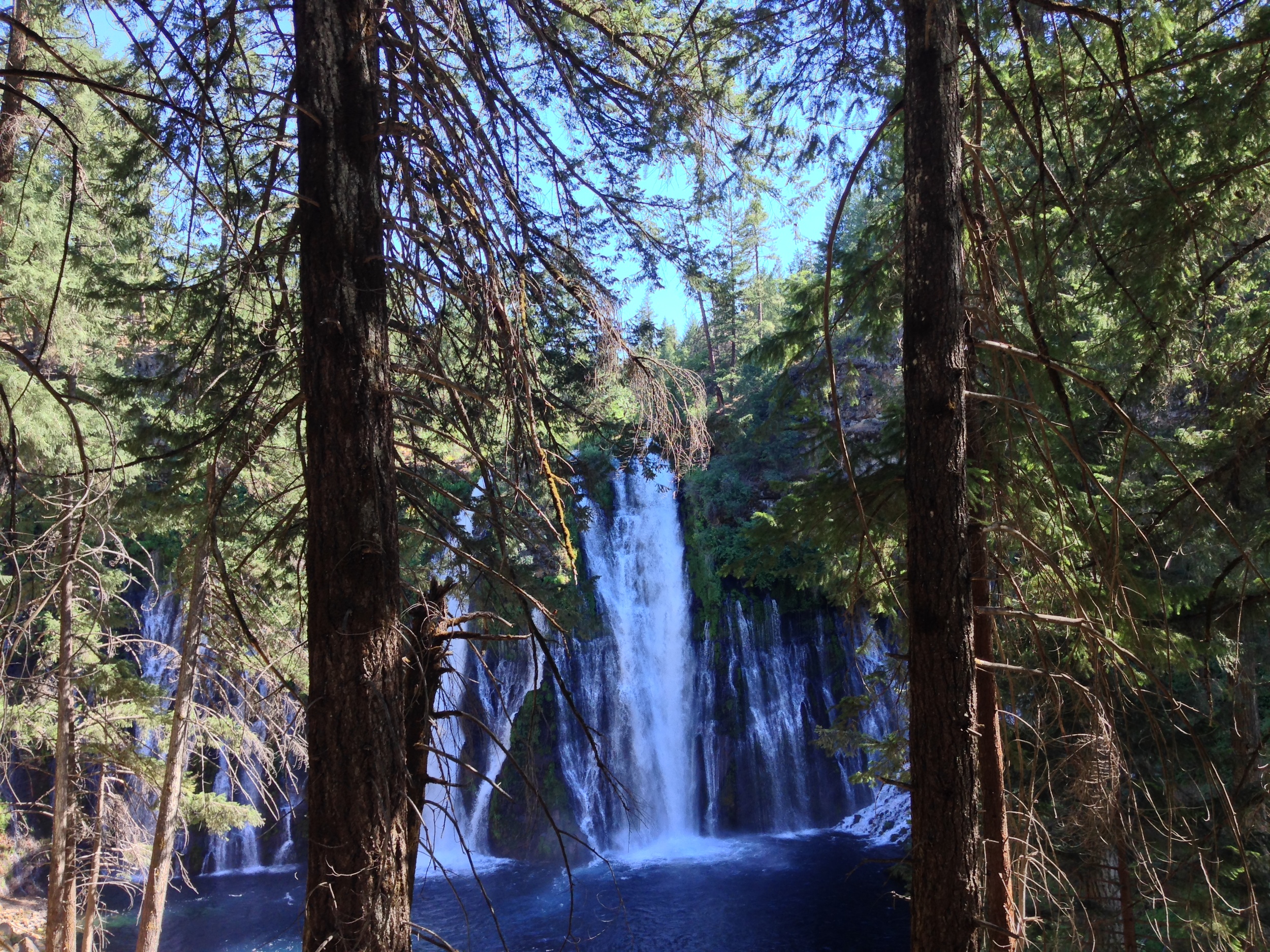
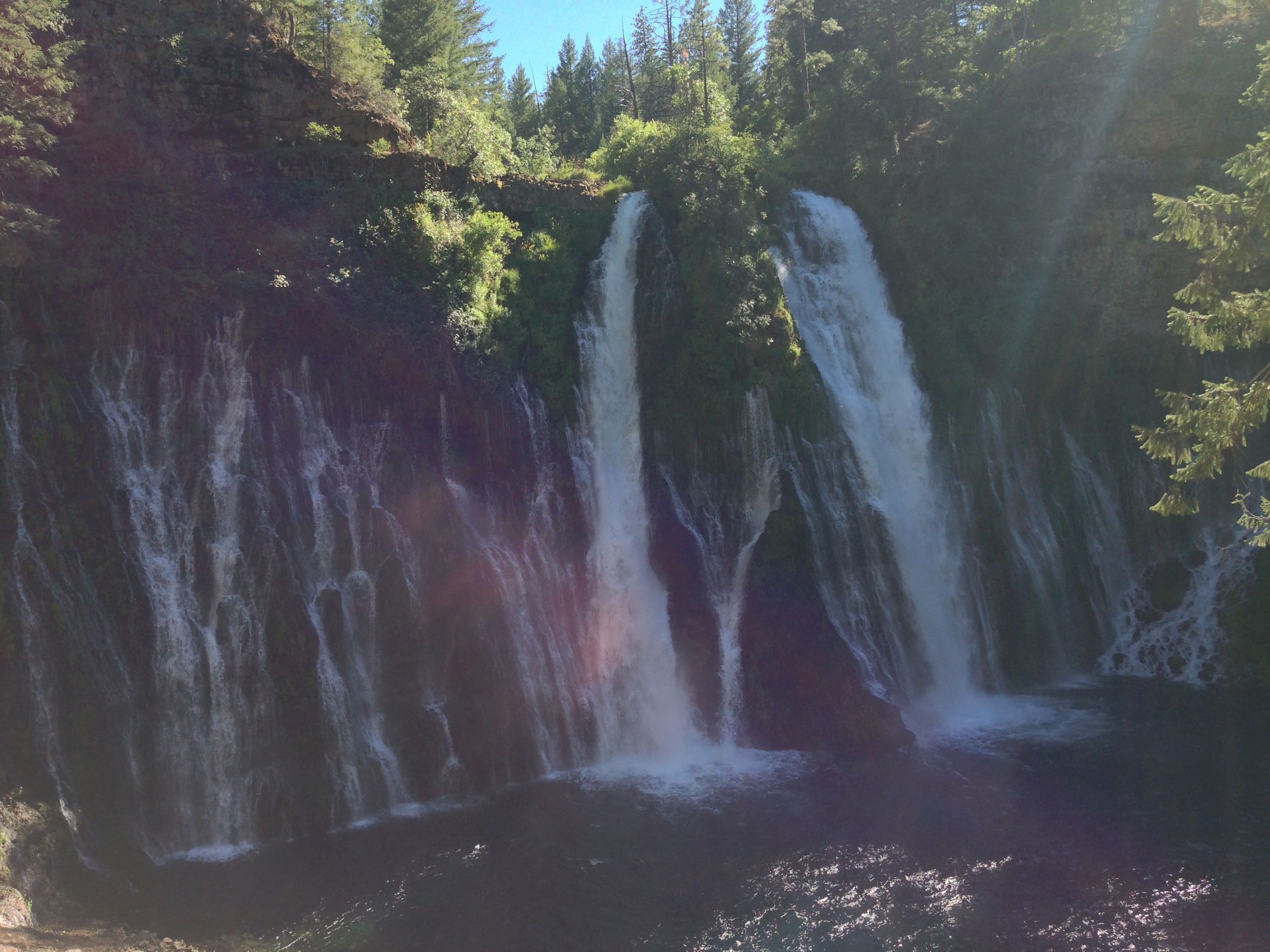
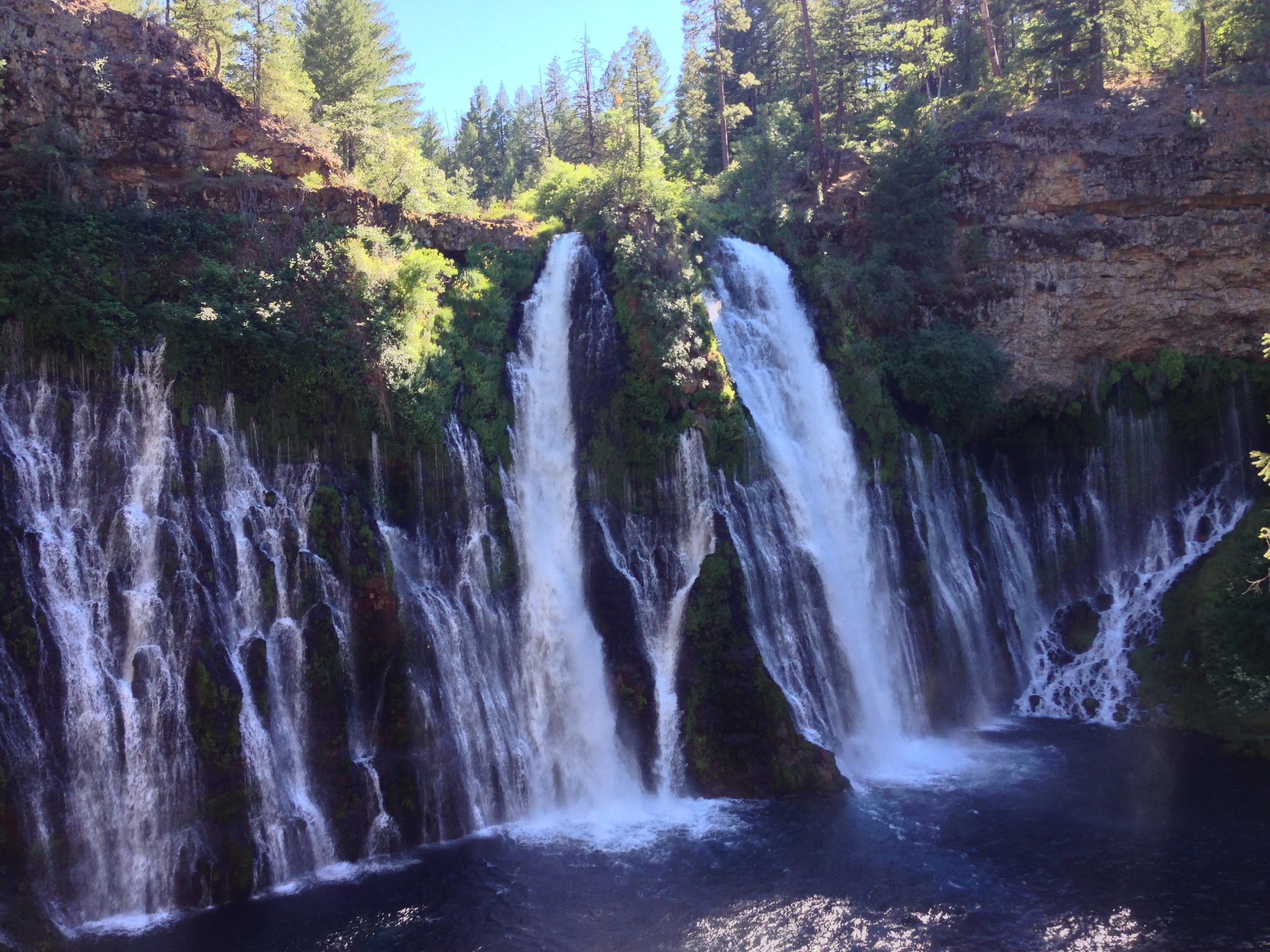
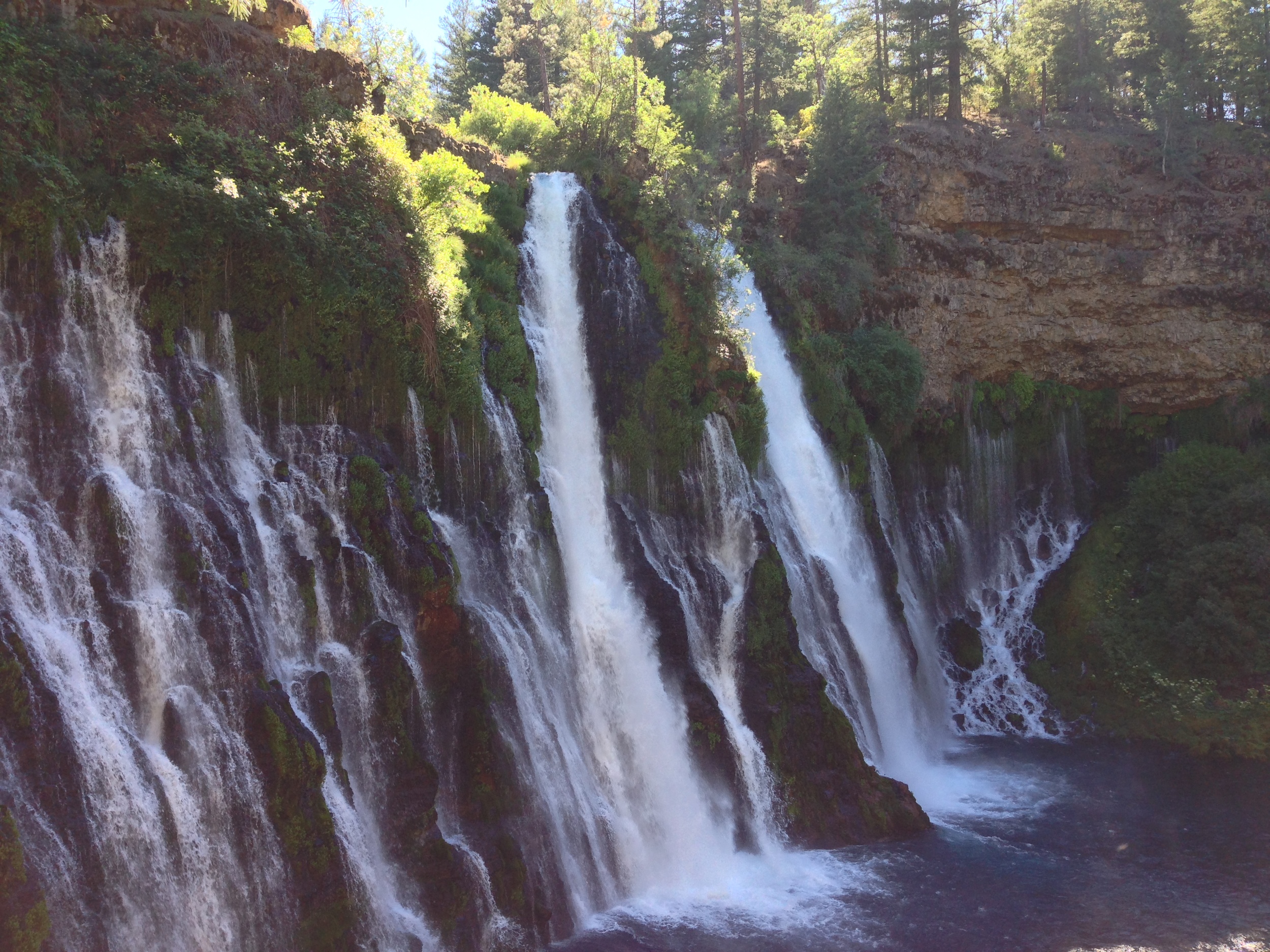
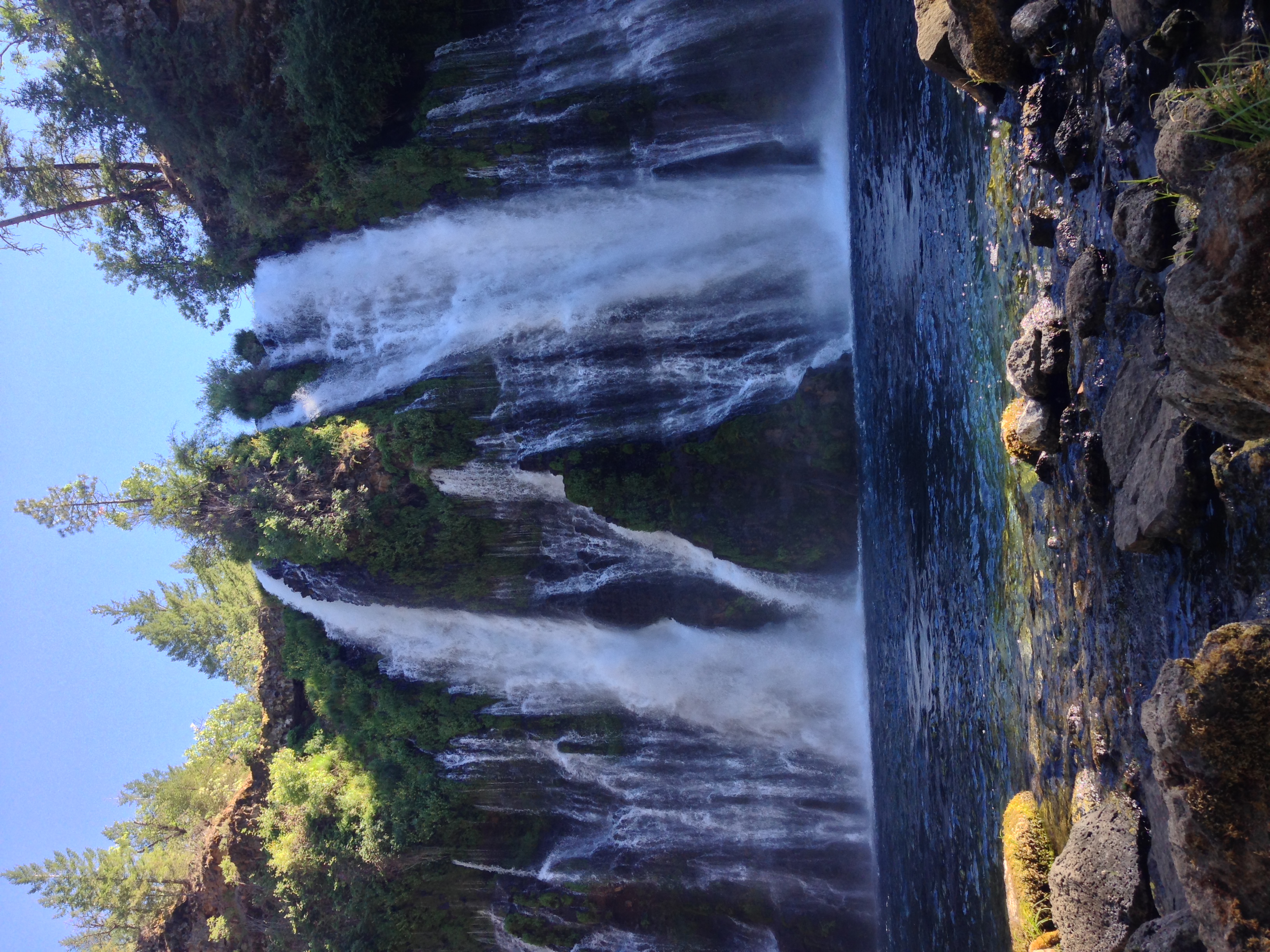
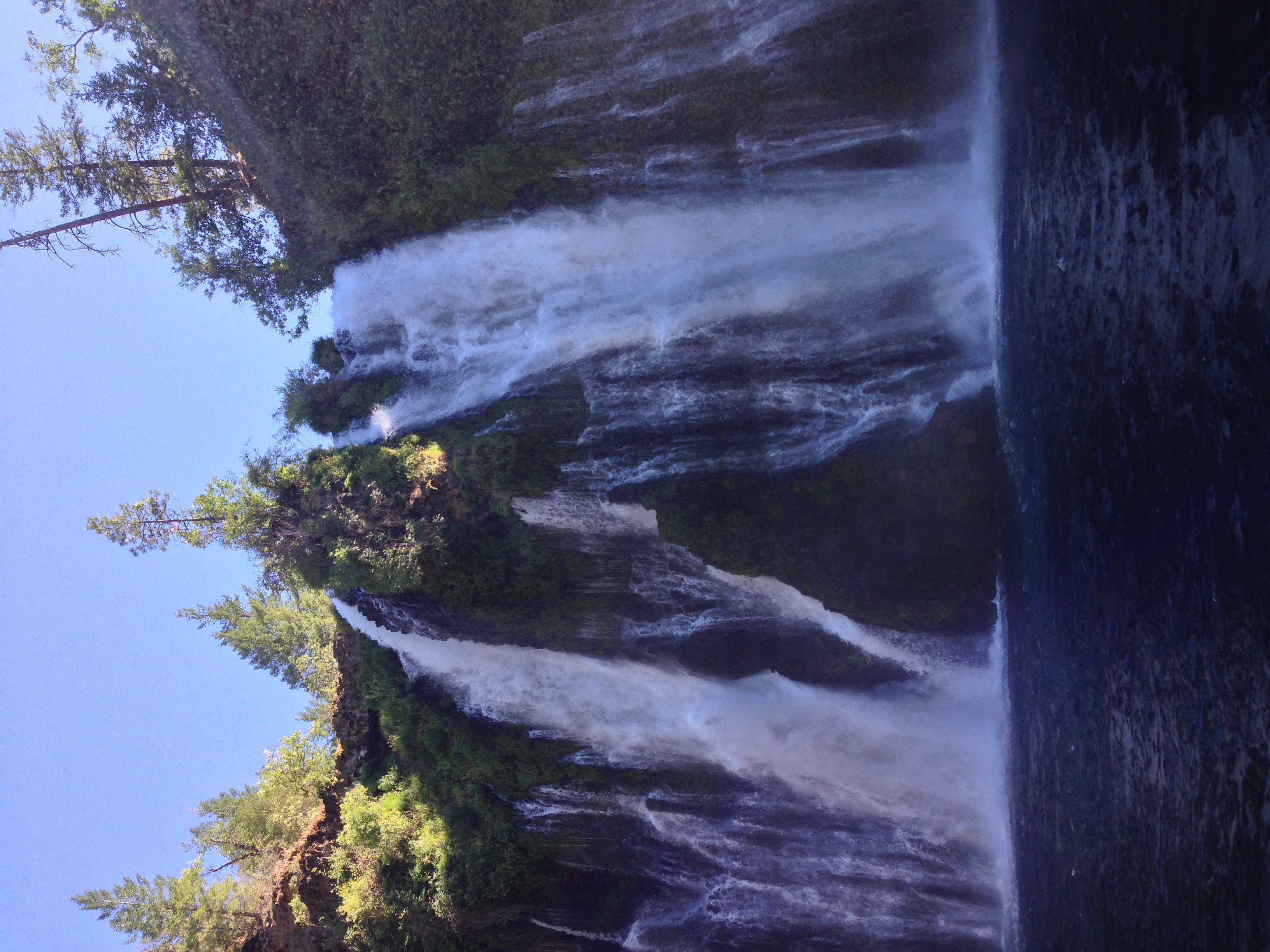
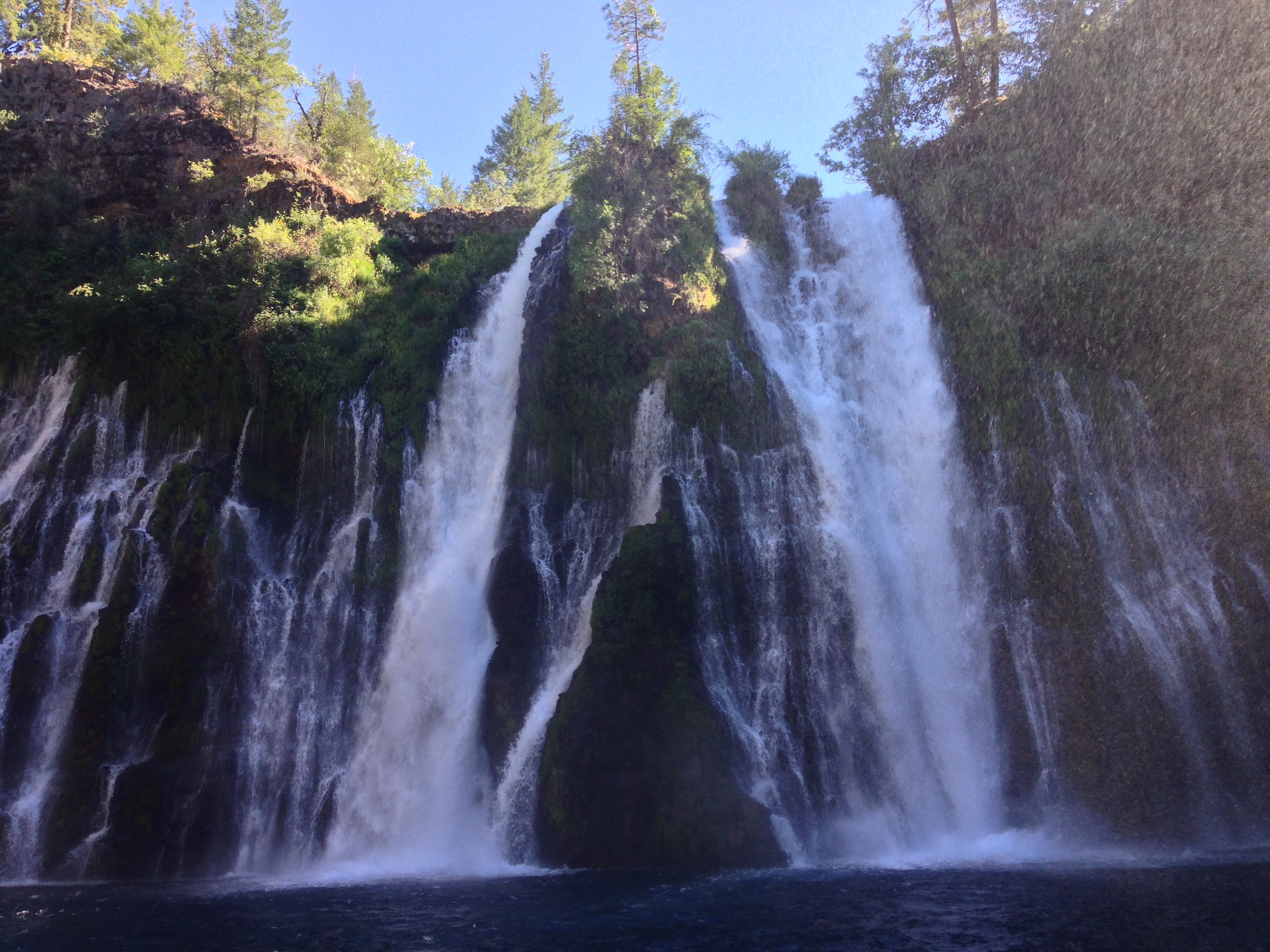
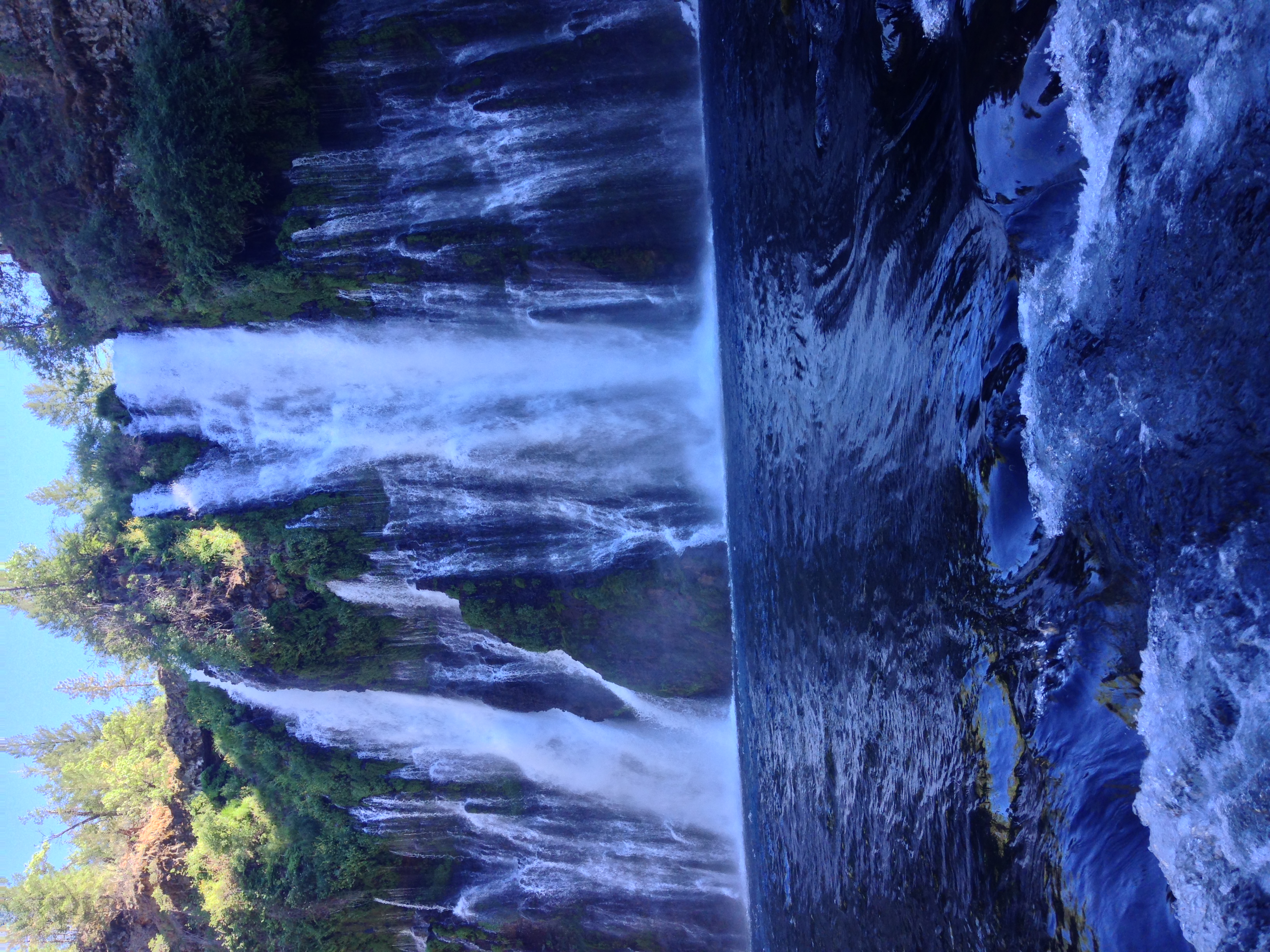
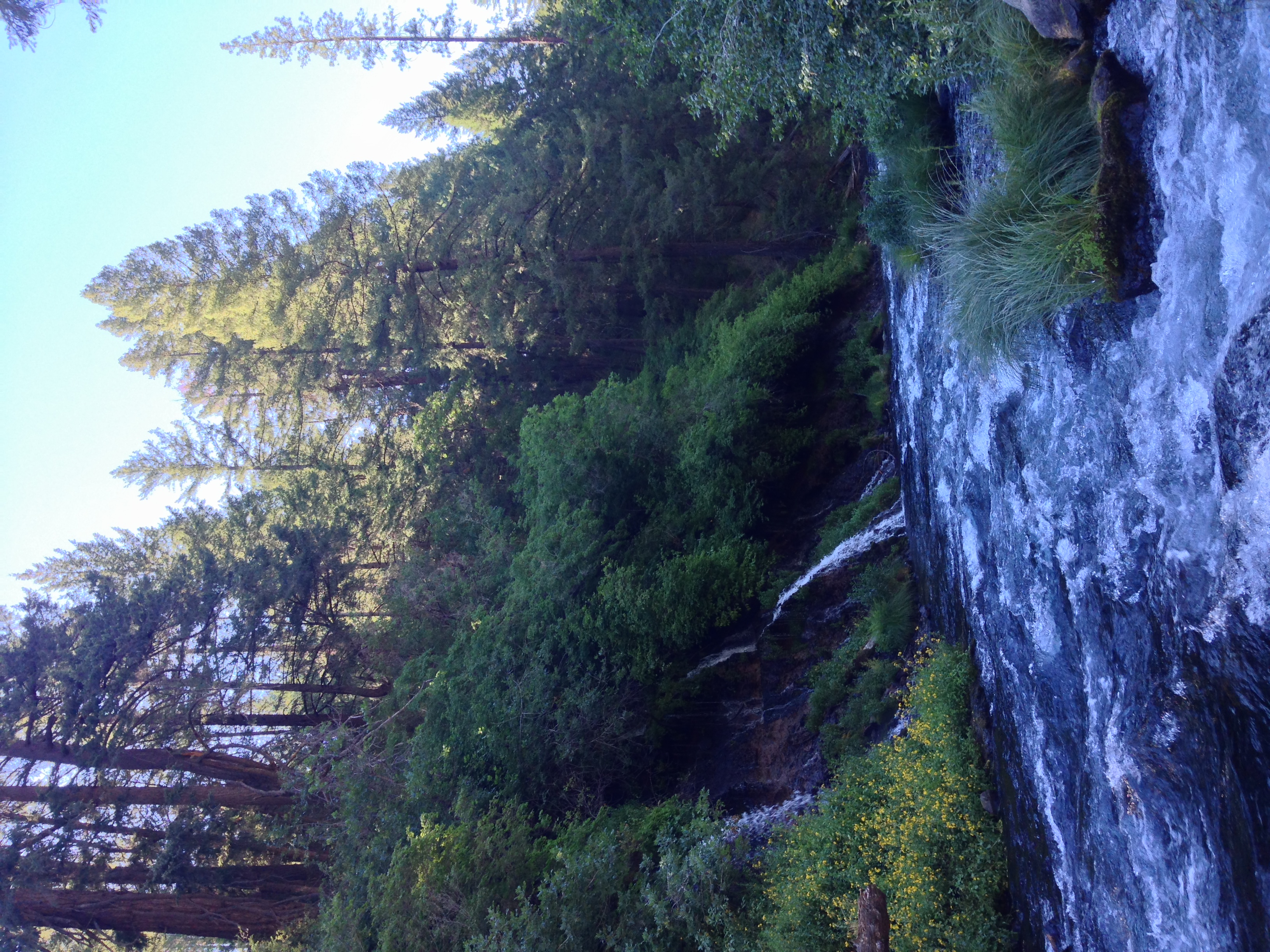
Burney Falls, is still flowing at its normal - and historic rate. As the waterfall flows at the rate of a 100 million gallons of water a day, we are talking about an impressive - and mind blowing amount of water. The reason that Burney Falls continues to flow at its normal rate is the geologic history of the Cascade Range and the Modoc Plateau; and that history is one of volcanism. The predominant rock in McArthur-Burney State Park is basalt, which was created over a million years ago. Basalt is a porous rock, and one that also erodes fairly easily through the passage of time. In the case of Burney Falls, the region's basalt has trapped a large amount of water in underground reservoirs which now feed the waterfall. While this water source will not exist forever, today, it continues to provide an amazing - and wonderful spectacle.
Directions: Burney Falls is the signature attraction of McArthur-Burney State Park. The State Park is located eleven (11) miles North of Burney, California on Highway 89. From the entrance, the waterfall parking area is well marked and easy to find. Burney Falls can actually be seen from the overlook next to the parking area, which is about a 150 foot walk. If you are going to visit the park, however, you are going to want to at least walk down to the basin of the falls on the Falls Trail. This trail is a 1.3 mile loop trail that first descends a paved series of switchbacks 200 feet to the base of the falls. For the most part, most visitors to the park do not hike any further than this point. In some respects, it is hard to argue with the decision of the majority in this case. During this 200 feet, there will be fantastic - and surreal views of Burney Falls; culminating in great views of the falls from the pool at the base. In my opinion, there is something magical about this walk/hike. Perhaps it is the mist in the air; or the trees and fauna that surround the falls, but something about this area feels more like a dream than real life. Even though the views of the Falls and the area do not improve dramatically after the initial 200 feet, I would recommend that visitors hike the remainder of the Falls Loop, as it is a great walk in a great park that preserves the eighth wonder of the world.
Tips: While the falls have become more "popular" in recent years due to an uptick in travel and adventure blogging, this is a remote area of California, which means that while there may be more visitors, this park does not experience the hordes that a larger park like Yosemite does. When I visited on a late Saturday afternoon in July, there were no more than five other visitors with me on the trail - which was hardly an imposition. So while the park is more developed than Roosevelt's time, it remains a beautiful spot where the solitude - and wonder of nature can be found.
